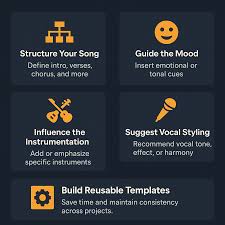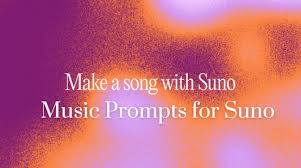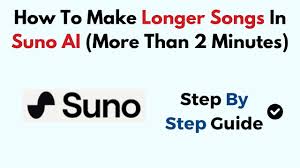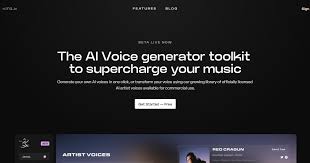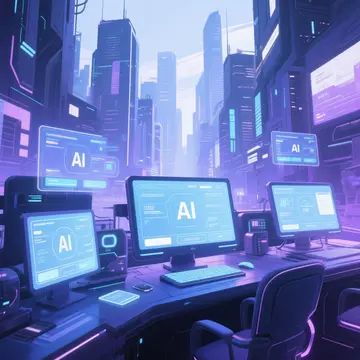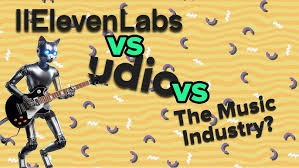AI-generated music is no longer a futuristic idea—it’s an essential tool for content creators, indie game developers, YouTubers, and even professional composers. In 2025, AIVA (Artificial Intelligence Virtual Artist) continues to stand out as one of the most robust and accessible AI music generators available.
But while many users dabble with it, few unlock its full potential.
This article explores the best ways to use AIVA in 2025, whether you're scoring a short film, launching a podcast, composing for games, or just exploring music without formal training. We’ll also cover how to optimize AIVA’s features and licensing for your use case.
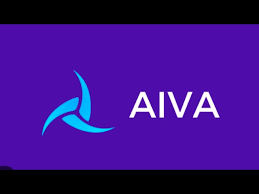
What Is AIVA?
AIVA is an AI-powered music composition software developed by Aiva Technologies. Launched in 2016 and trained on works by classical composers, AIVA can now create original music in various genres, including:
Orchestral and cinematic
Ambient and electronic
Pop and jazz
Rock and lo-fi
In 2025, AIVA’s platform offers even more flexibility:
Mood-based generation (e.g., melancholic, uplifting)
Custom tempo and instrumentation
Export in MIDI/WAV/MP3
Editable arrangements for DAWs
Royalty-free licensing under the Pro plan
1. Create Soundtracks for Films and Documentaries
AIVA is a perfect fit for indie filmmakers and documentary creators. Its orchestral and ambient modes allow you to create:
Emotional piano compositions for dramatic scenes
Tense string scores for thrillers
Cinematic builds for trailers
Many creators are using AIVA as an alternative to expensive composers or generic stock music libraries. You can tailor the mood, dynamics, and even specific instruments to match your visual storytelling.
?? Pro Tip: Export AIVA’s MIDI files into your DAW (like Logic Pro or FL Studio) to fine-tune transitions or layer vocals.
2. Generate Background Music for Podcasts
In 2025, the podcast industry is booming—and music branding matters.
AIVA enables podcasters to create:
Custom intro/outro jingles
Ambient background loops
Genre-specific transitions (e.g., synthwave for tech shows)
Instead of relying on overused royalty-free tracks, you can create a unique sonic identity for your show. And since AIVA gives you a commercial license under the Pro plan, there are no takedown risks on Spotify or Apple Podcasts.
3. Compose Original Scores for Indie Games
Indie game developers need immersive music on tight budgets. AIVA lets you:
Compose adaptive background scores for different game levels
Generate suspenseful loops for boss fights
Create serene, lo-fi tracks for world exploration
Games like RPGs, strategy titles, and simulation games benefit immensely from AI-generated looping music that doesn’t become repetitive.
?? Case Study: A 2025 pixel art game called Moonfell used AIVA for 80% of its music, saving thousands in licensing and composer fees.
4. Use AIVA as a Co-Composer for Songwriting
Even songwriters are starting to collaborate with AIVA—not just as a tool, but as a creative partner.
Here's how:
Generate chord progressions or backing tracks in a specific mood
Export MIDI to rearrange or add lyrics
Use AIVA as a quick idea starter for beat-making or harmonies
Whether you’re stuck on verse two or need a bridge, AIVA’s suggestions can break creative blocks.
5. License Music for YouTube, TikTok, and Reels
One of the best ways to use AIVA in 2025 is to license it for social content. You can safely upload music to:
YouTube (without Content ID flags)
TikTok (as original sound)
Instagram Reels and Shorts
The Pro plan includes a royalty-free, perpetual license, so you can monetize freely. Just be sure to download the license certificate for each track.
?? Tip: For viral potential, generate short, high-energy music clips with clear rhythm and hook elements.
6. Sell Your AIVA-Enhanced Tracks (Legally)
Many creators are using AIVA-generated music as a base layer and enhancing it in DAWs with real instruments or vocals. The final product can be sold:
On Bandcamp or SoundCloud
As part of a commercial soundtrack
As a custom product for brands and clients
You can also submit music to sync libraries—just check the fine print and ensure you’ve modified AIVA output enough to meet exclusivity terms.
7. Teach Music Composition Without a Music Degree
Educators and music learners are using AIVA to:
Demonstrate different chord structures
Teach students about arrangement and dynamics
Reverse-engineer musical forms by analyzing AI outputs
AIVA’s editable MIDI files are perfect for hands-on learning in composition classes.
8. Automate Music Creation for Product Demos and Ads
Creating music for SaaS demo videos or short-form ads can be time-consuming. AIVA helps:
Create uplifting corporate-style background tracks
Align tempo and intensity with brand tone
Deliver consistent audio identity across ad variations
This is especially helpful for marketing agencies managing multiple client brands.
9. Combine AIVA with Other AI Tools
In 2025, creators often combine AIVA with:
Suno or Udio for lyrics/vocals
RunwayML for AI video generation
Descript for audio editing
Canva for visual reels
This integrated AI production pipeline enables creators to go from concept to published content in hours—not days.
FAQs: Best Ways to Use AIVA in 2025
Q1: Can I legally use AIVA for commercial projects?
Yes. With the Pro plan, you get a royalty-free license for commercial use, including film, games, podcasts, and social media.
Q2: What if I want exclusive music?
The Enterprise plan offers custom music generation with exclusivity agreements.
Q3: Can I collaborate with AIVA and publish the song on Spotify?
Yes. Many users enhance AIVA tracks with vocals or remixes and publish them as original works.
Q4: Does AIVA offer stems or individual instrument tracks?
AIVA allows MIDI and layered exports, which you can separate and process in DAWs.
Q5: How does AIVA compare to other AI tools like Suno or Soundraw?
AIVA is more composition-focused (especially orchestral and ambient), while Suno excels at vocal pop/rap tracks. Use both for hybrid workflows.
Conclusion: 2025 Is the Year to Go All-In with AIVA
Whether you’re a seasoned filmmaker, bedroom producer, or content creator, AIVA is no longer just an experiment—it’s a production tool. It empowers you to:
Create music affordably and legally
Own your soundtrack from concept to release
Deliver high-quality music at speed
In 2025, the best way to use AIVA is to treat it as your virtual composer—one that never sleeps, never charges royalties, and adapts to your creative vision instantly.
Learn more about AI MUSIC

